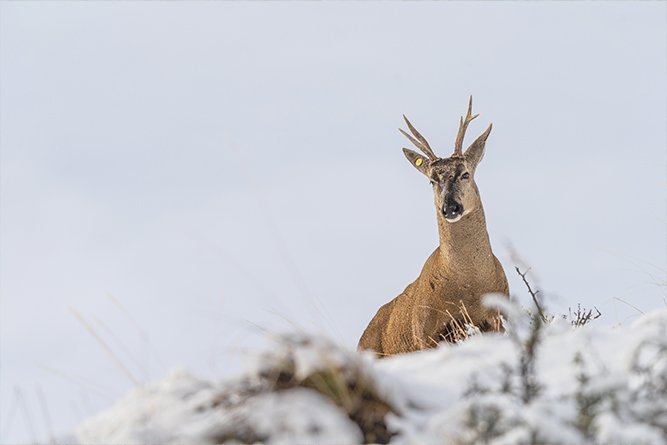The South Andean deer is a species that thrives in the breathtaking landscapes of South America. These graceful creatures have long captured the imaginations of nature enthusiasts with their unique characteristics and fascinating behaviors. Join us on a journey to uncover the wonders of the South Andean deer.
Table of Contents
Species Data
- Class: Mammalia
- Order: Artiodactyla
- Family: Cervidae
- Scientific Name: Hippocamelus bisulcus
- Life Span: 10-15 years
- Height: 80-100 cm (31-39 inches)
- Weight: 75-100 pounds (34-45 kilograms)
Description
The South Andean deer, also known as the Huemul, is a medium-sized deer species with a reddish-brown coat and a distinctive white “V” mark on its forehead. Both males (bucks) and females (does) possess short, unbranched antlers, which they shed and regrow annually.
Appearance
These deer are characterized by their slender build and short, sturdy legs. Their elegant appearance and striking facial markings make them easily recognizable in their natural habitat.
Behavior
South Andean deer are known for their solitary and elusive nature. They are primarily active during the early morning and late afternoon, displaying a cautious approach to their surroundings.
Habitat
These deer inhabit the dense forests and mountainous regions of South America, particularly in Chile and Argentina. They are well-adapted to navigating steep and rugged terrain.
Diet and Nutrition
South Andean deer are herbivores, feeding on a diet of grasses, shrubs, and other vegetation found in their mountainous habitats.
Mating Habits
South Andean deer typically mate during the austral autumn, with a gestation period of about 240 days. Female deer give birth to a single fawn, which they nurture in seclusion.
Mating Behavior
- Reproduction Season: Austral autumn
- Pregnancy Duration: Approximately 240 days
- Baby Carrying: Female deer care for their fawns
- Independent Age: Fawns become independent at around 6-8 months
- Female Name: Doe
- Male Name: Buck
- Baby Name: Fawn
5 Fun Facts for Kids
- The South Andean deer is considered a symbol of Chile and is featured on the country's coat of arms.
- They are excellent swimmers and can cross rivers and lakes with ease.
- The Huemul has been declared a national monument in Chile to protect its population.
- Their name “Huemul” is derived from the indigenous Mapuche language.
- South Andean deer are known for their remarkable ability to adapt to extreme altitudes.


